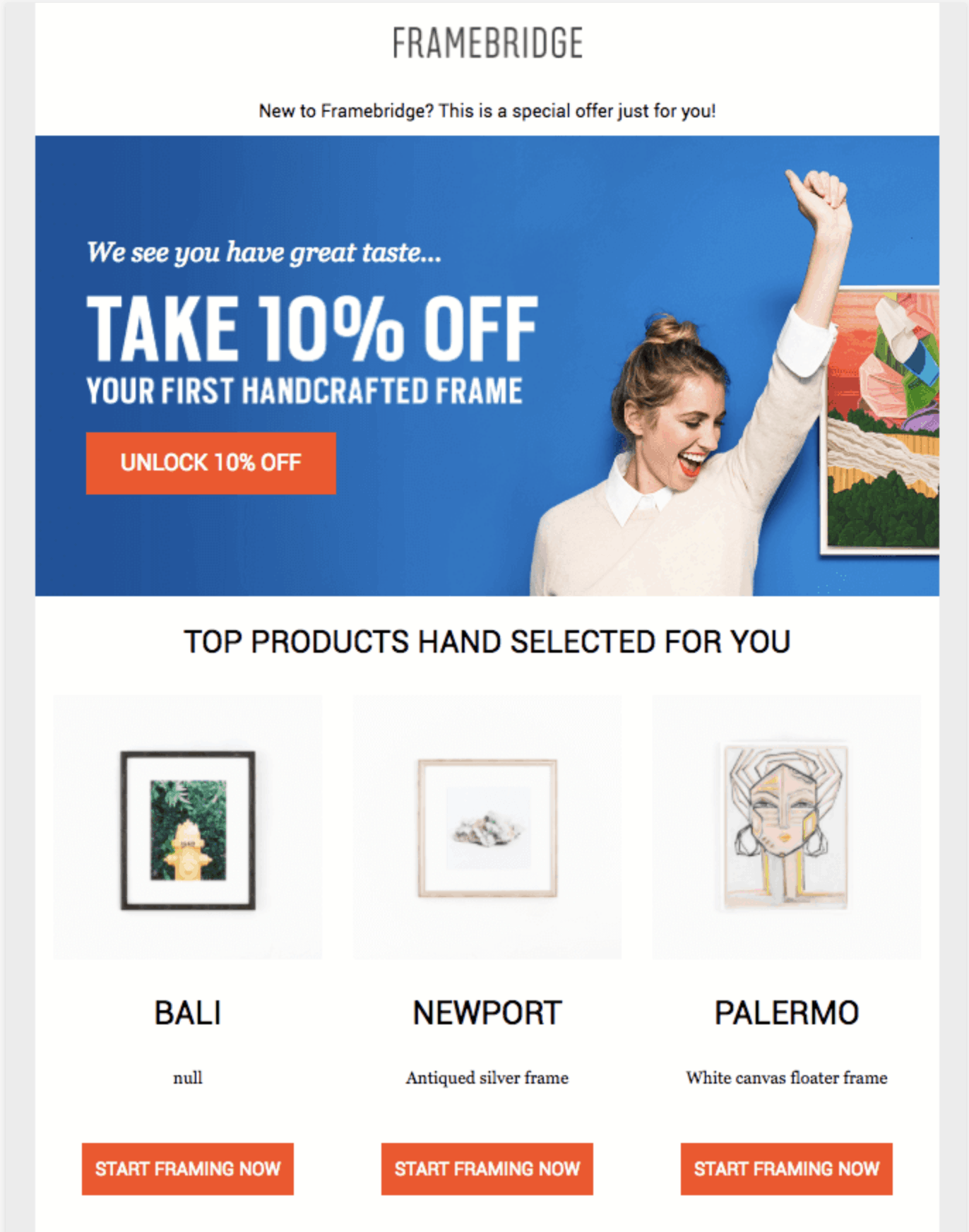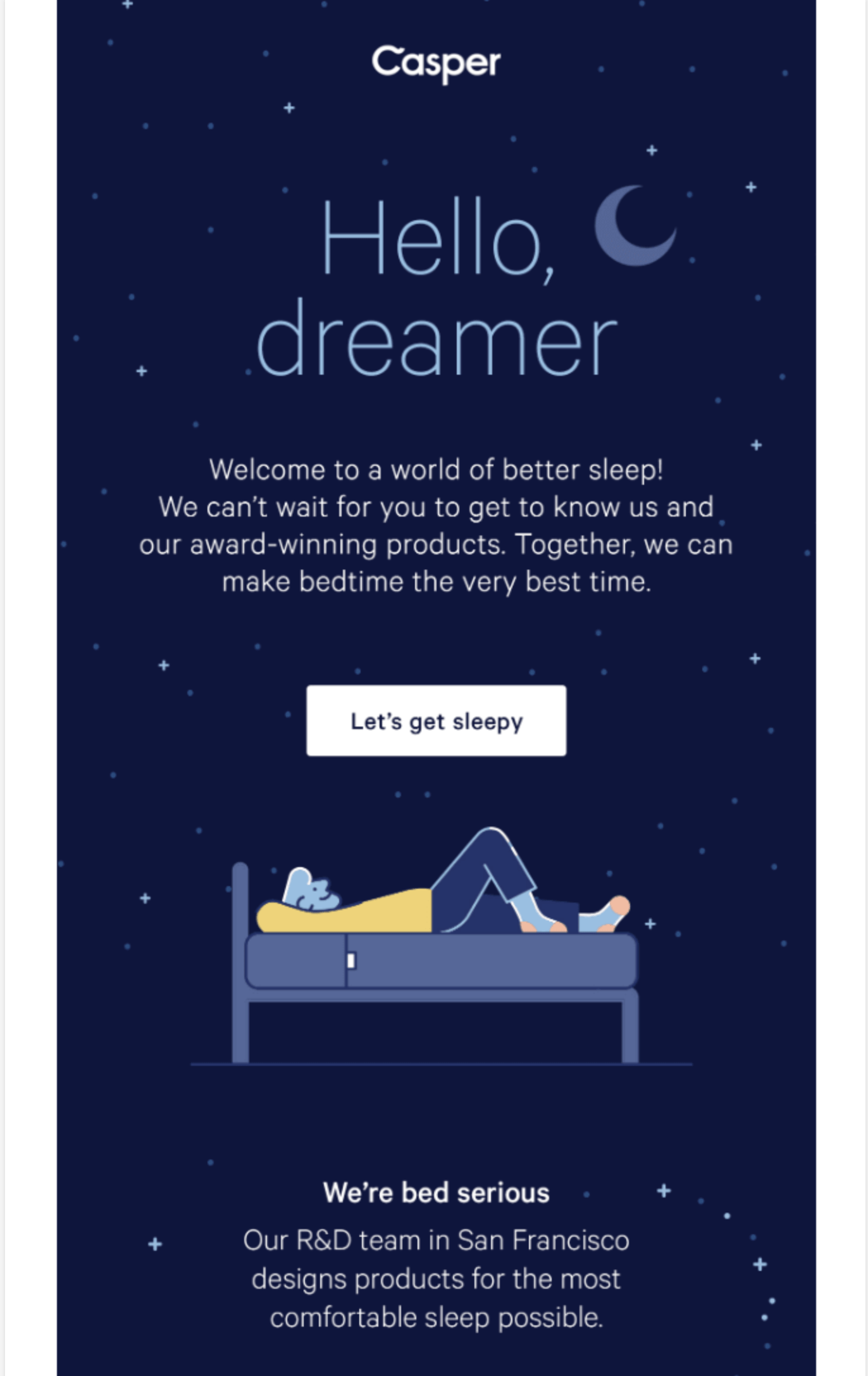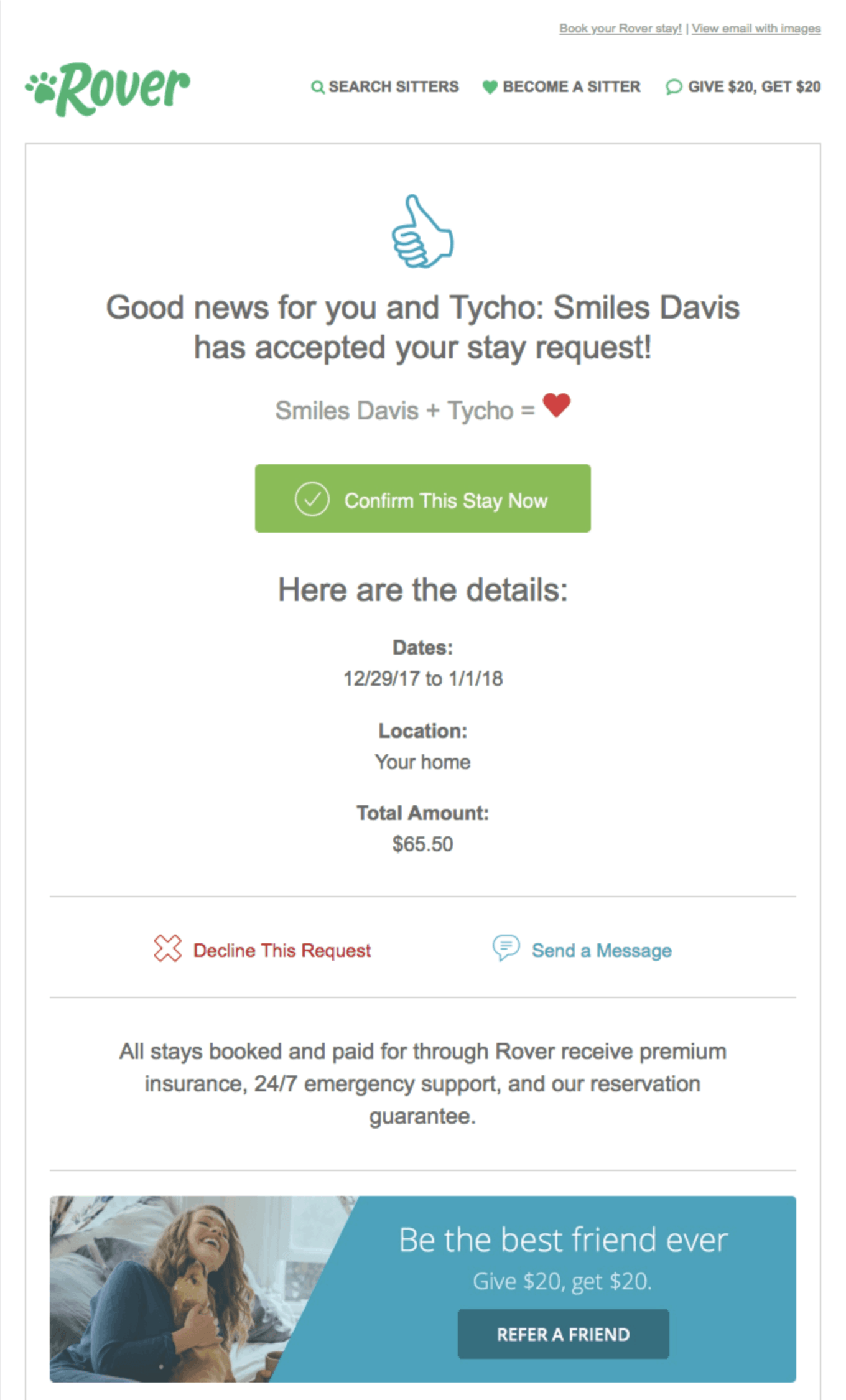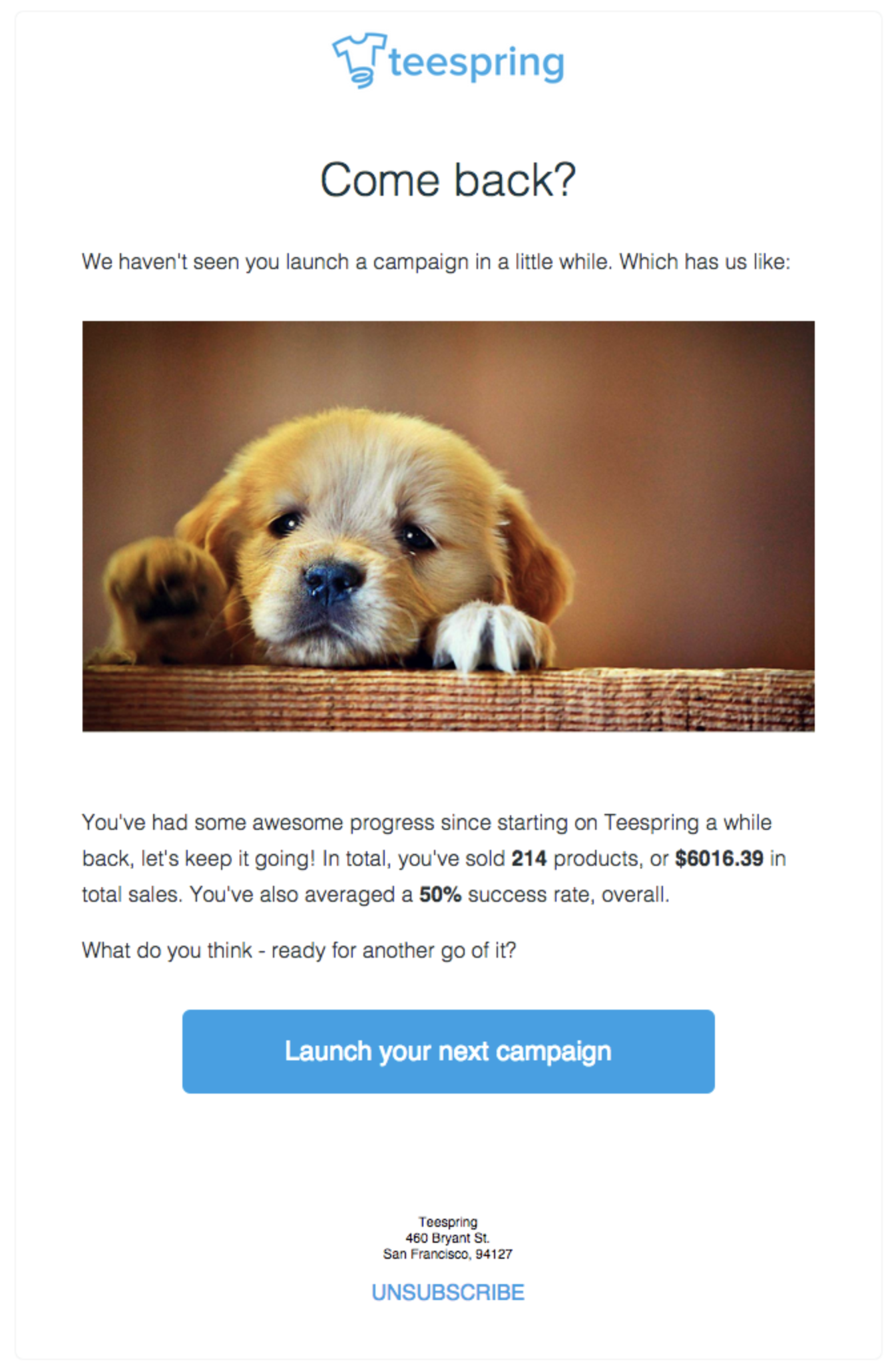
Top four email campaigns you should be running
Email is still one of the most effective marketing channels out there. 59% of marketers report that email is their biggest source of return on investment (ROI). Different stats have the average ROI of email between 3,800% and 4,400%. That’s huge!
Email marketing is undoubtedly relevant to every business, from e-commerce to B2B.
But are you optimising your email marketing?
Personalisation, segmentation and automation are all underutilised technologies that could be seriously hurting your email efforts.
Let’s take a look at 4 of the most effective triggered email campaigns you can add to your marketing strategy now.
1. Abandoned cart emails
Cart abandonment is a common issue for online shops.
According to Statista, the average rate of cart abandonment sat between 75-85% in 2018. Yikes!
Ever-shrinking attention spans combined with high competition mean that the majority of people who add a product to their shopping cart online never make it to checkout.
Maybe there were hidden costs, the checkout process was too long, or they were just window shopping.
Whatever the reason, consumers abandon cart. So how can we get them back to complete the sale?
Enter abandoned cart emails. When done right, these types of emails can help you to re-engage your customers and drive more purchases.
To reduce friction, your email should include the items they left in their cart, plus a direct link back to their shopping cart to complete the purchase. This allows your customers to finalise their transaction with a few simple clicks.
Bonus points if you include a few sneaky upsells or cross-sells to increase that cart value.
You can turbocharge your conversion rate by offering an additional, limited-time discount to seal the deal.
As for timing, aim to send your first abandon cart email within an hour of them leaving your store. We also recommend a follow-up email about 48 hours later.

2. Welcome Emails
Make your customers feel at home by welcoming them to your email list.
When customers sign up to receive your email newsletters, they are saying that they want to hear from you, and a welcome email is a great way to open that conversation.
Welcome emails are also substantially more effective than other emails, with an average 320% more revenue credited to them compared to other promotional messages. Especially if they are sent in a timely manner, new subscribers are likely to be engaged with your brand and therefore more susceptible to taking action when prompted.
As an introduction to your brand, welcome emails should be sent in real time when a subscriber signs up. Even a lapse of 15 minutes between subscribing and receiving the email can lead to a dramatic decrease in open rates.
So, what makes a great welcome email?
Firstly, you need to write a killer subject line. Subject lines are the hook to bait your fish, and if they don’t look enticing, your customer will likely keep on swimming.
Don’t try to cram too much info into it either. Something short and simple is great. If it will fit with your brand, using emojis can also help cut through inbox clutter, making your email stand out among the rest.
Secondly, you need to present the right content. In general, this could include a confirmation of their subscription, a brief overview of who you are and a taste of some of your top selling or sales items.
Another great hook is to offer a special deal for new subscribers, encouraging more people to subscribe and purchase.
You could also try incentivising social shares to encourage word-of-mouth referrals.
After your initial confirmation email, you could send a sequence of 2 or 3 further emails, over the space of a week. Use these emails to ask your subscribers questions or send them more information about you.

3. Confirmation emails
Order and shipping confirmation emails have some of the highest open rates, so use that to your advantage.
While follow up emails can be as simple as order confirmation or shipment notification, they can do so much more. Use them to acknowledge the action a consumer has already taken (a purchase) and encourage them to take another.
Ask your customer for a social share or try and get an upsell in your order confirmation email when their excitement at purchase is at an all-time high. Give them a discount on their next purchase along with their shipment tracking number. Ask for a review about a week after they received their order.
Experiment with different content and offers, as well as timing to unlock the power of confirmation emails.

4. Inactive customer emails
It can cost five times as much to acquire a new customer versus keeping an existing one, making customer retention more important than ever before. Around 80% of your profits will come from just 20% of your current customers, so it definitely pays to focus your attention here.
Do you have inactive customer emails on file? Maybe they bought from you once and never returned. Maybe they had to pause your service.
Whatever the reason, inactive customer email campaigns are an effective way to get them back on board.
First, think about how to personalise these emails as much as possible. Some ideas: segment by types of products previously purchased; how long it’s been since they’ve made a purchase or purchasing frequency.
Then it’s time to think about what is likely to get them back into the fold. There’s no sure-fire way to make this happen, but a few things you can test out are free shipping and returns, discount coupons or a free gift with purchase.
According to Small Business Trends, there is a 60-70% likelihood of re-engaging an existing customer compared with a 5-20% chance of enticing a new one. This is what makes inactive customer emails such a critical part of your email marketing strategy.

Automated emails are a great way to keep your customers engaged. Just set & forget! Chat with us to learn more about designing and automating winning email marketing campaigns.
